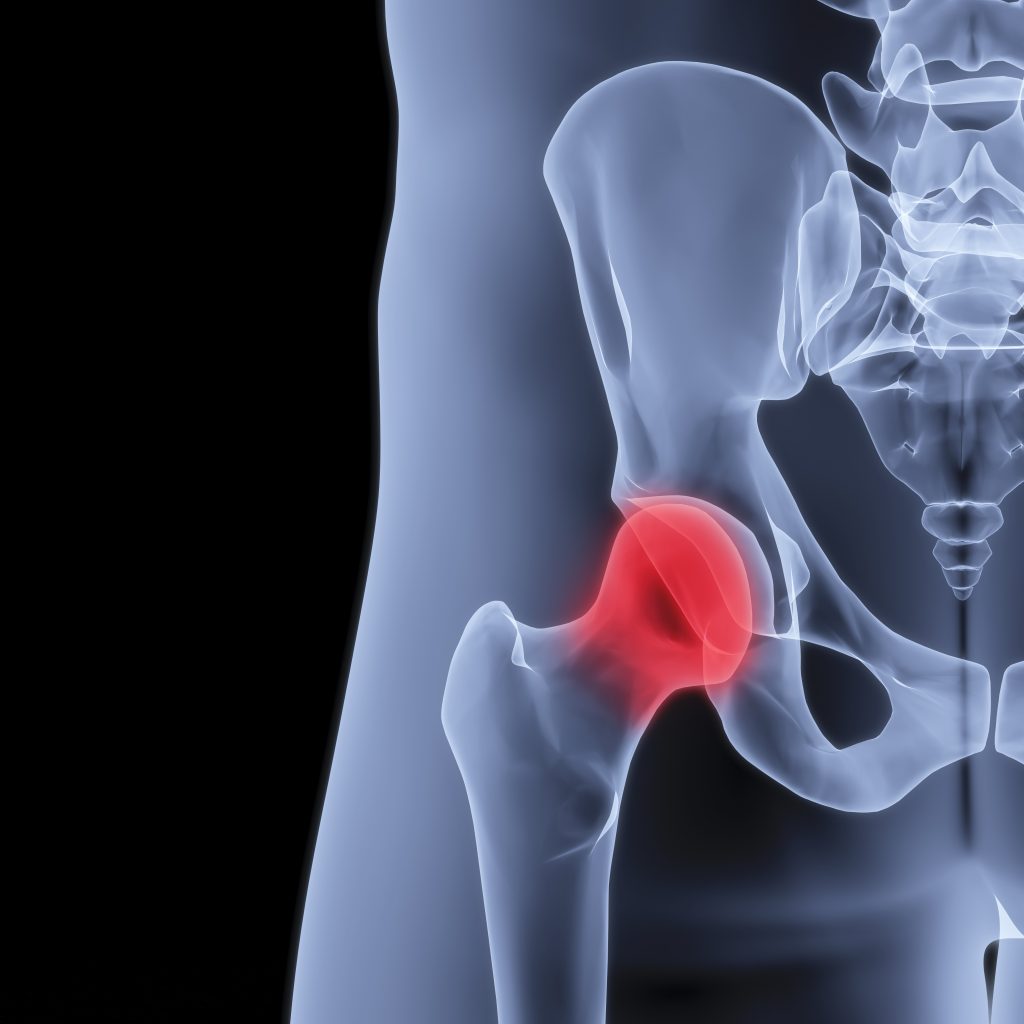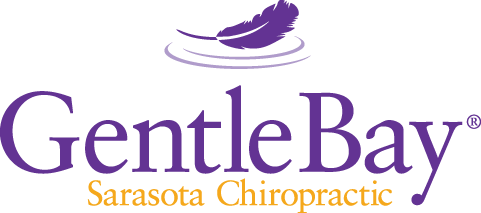Hip pain can be debilitating. The hip joint is close to our center of gravity and becomes involved in almost any body movement we make. Moreover, a painful hip often becomes tight and restricted which can lead to arthritis. This means that successful treatment of hip pain is crucial, not just for immediate pain relief, but for long-term health and integrity of the joint. The reasons behind hip pain can be complex, so I will take you through the evaluation and treatment of a real patient to offer insight into my process of evaluating and treating this difficult problem.
Sylvia recently came to my office complaining of difficult pain in her left hip that was causing a limp and limiting her ability to perform daily activities. Over the past six months, she had difficulty lifting her leg to put on pants and was not sleeping well. Pain in the hip often woke her anytime she shifted on her side in bed. She had fallen on that hip two years prior after slipping on a wet floor, but had only experienced pain for about two weeks. She hadn’t thought about it again until I asked her about injuries to the area.

A thorough examination was next. In addition to the typical examination of range-of-motion, muscle tone and strength and tenderness, there are three specific issues that I look for when evaluating hip problems. These include fascia restrictions affecting the hip muscles, fascia restrictions of the hip joint and nearby joints, and degenerative changes in the hip that can be found through x-ray or MRI. All of these played a role in identifying the causes of Sylvia’s pain and in successfully treating it.
Muscle Fascia Restrictions
The hip joint’s mobility is made possible by a number of different muscles, both large and small. These muscles achieve their structural durability from a fibrous connective tissue called fascia which can become restricted from injury or repetitive stress. In this case, Sylvia’s fall had caused stiffening of fascia in particular areas.
On examination, two of her large hip muscles (gluteus maximus and psoas) and one smaller muscle (pectineus) had this kind of restriction. As a result, her gluteal muscle was weak, and the psoas and pectineus muscles were abnormally tight. This muscle imbalance was, in turn, creating instability in the hip and causing repetitive stress to the joint tissues.
Joint Fascia Restrictions
I mentioned earlier that nearby joints can be a problem, and in Sylvia’s case, there was also restriction of the fascia at the front of her left sacroiliac joint which limited motion in that joint. This had also most likely happened at the time of her fall. When a joint is restricted, other nearby joints often are also affected, and in her case, the restriction created a slight twist of her pelvic posture that resulted in a misalignment of her hip joint.
Arthritis
Arthritis and degenerative change are always possibilities when there is significant hip pain. Sylvia’s pain had persisted for several months, and she had consulted with an orthopedist who ordered an MRI. The images showed a small bone spur and mild loss of joint cartilage in the left hip joint. The orthopedist had prescribed physical therapy which is often a helpful alleviation for hip pain. However, in Sylvia’s case, because of the fascia restrictions, this therapy had only aggravated her problem.
Overall, there were numerous factors contributing to Sylvia’s pain. At the top of this list of concerns was the bone spur because this is a relatively permanent change. The question in a situation like this is whether the bone spur is causing the pain, or if it is something else entirely. To find the answer, I performed a simple test.
As a part of her examination, I took Sylvia’s hip through its range-of-motion to see which directions of movement were painful. Her greatest pain occurred with a combined flexion and rotation outward (lifting her thigh forward and outward). I then retested this same motion while holding pressure at points of fascia restriction. This pressure makes the restricted fascia temporarily relax. Her range-of-motion and comfort increased which suggested that her pain was at least in part due to the restrictions, and not just the spur.
In the end, Sylvia’s main issues with her hip were driven by restrictions in her fascia. After a series of treatments to release the tight connective tissue, her left sacroiliac joint returned to normal motion. Her hip muscles regained normal tone and strength, and her hip was able to move freely again with just mild discomfort at the far end of its range-of-motion. This mild discomfort was probably due to the bone spur but wasn’t prohibitive for her daily life. I find it is typical that arthritic changes such as spurs and joint narrowing can cause mild discomfort or stiffness, but are not usually the main source of pain.
Scar Tissue
Sylvia’s case is typical of hip pain. An additional type of hip problem that I also treat involves pain after hip surgery. This was not a consideration with Sylvia, but is one that I see in my office. Sometimes the scar tissue from incisions made during surgery can distort and restrict fascia, resulting in problems that can be similar to those described above.
Fortunately, this type of problem is easily treated with gentle fascia release in the areas of the scar tissue. In general, I find that a focus on treating fascia restrictions is incredibly helpful when treating almost all kinds of hip pain issues. Even in the occasional case of severe arthritis that requires surgery, treating fascia problems can restore function in a way that improves the success of rehabilitation after surgery.
Making sure the joints and muscles in the area are functioning correctly allows for a smoother recovery. Sylvia did not need surgery and returned to all of her normal activities, including a two-mile daily walk without pain. This type of success is common, and I recommend fascia therapy as a conservative treatment of first choice for hip pain.
With the COVID-19 crisis, our evening programs have moved online. You are invited to attend a Zoom webinar on Hip Pain on October 27, 6:30 p.m. You will learn in-depth about causes and treatments for hip pain including important home care. You will also find out more about fascia, why it is important and how fascia problems are involved with lower back pain. Dr. Eric Winder will discuss case examples and hold a Q&A session following the presentation. Click here to register (bottom of page).



